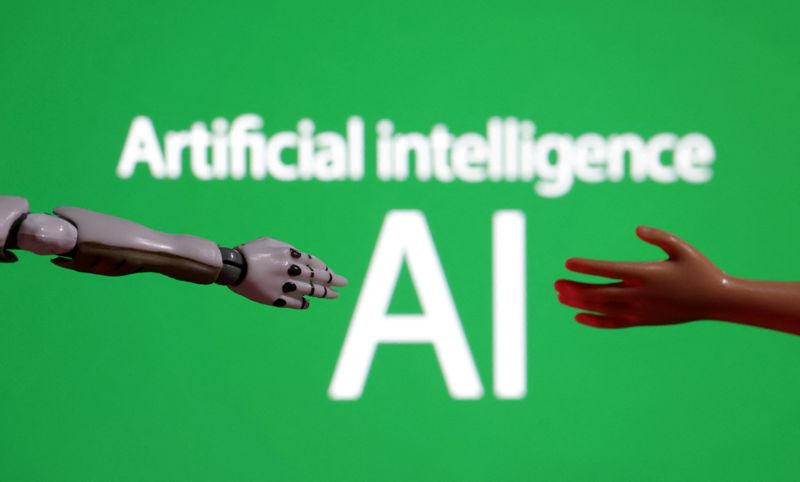Generative AI (Gen AI) is evolving rapidly, with investments driving its development and deployment across industries. From 2024 onwards, spending on AI infrastructure has soared, with forecasts pointing to even more substantial investments in the coming years.
According to NewStreet Research, global spending on AI-enabled processing units (XPUs) is expected to reach $105 billion by 2024, marking a dramatic increase compared to previous years. Total capital expenditure (capex) for AI infrastructure is expected to reach $210 billion by 2024, a tenfold increase from 2020.
The rapid growth in AI investments is mainly driven by the widespread adoption of Large Language Models (LLMs) such as ChatGPT, which require significantly more computing power for both training and inference processes.
“Nvidia captured the lion’s share of the opportunity because its GPUs were ideally positioned, with highly competitive specifications, a flexible architecture and an ecosystem built over decades,” analysts said.
The investment in XPUs is only part of the broader AI landscape. Total AI investments also include spending on servers, networking, power distribution, cooling equipment and building infrastructure, all of which are critical to supporting growing AI workloads.
Major players and their investments
The largest investments in AI infrastructure are being made by the four largest hyperscalers: Microsoft, Meta (NASDAQ:), Google (NASDAQ:) and Amazon (NASDAQ:). By 2024, these companies are expected to account for a significant portion of the $210 billion in AI investments:
Microsoft (NASDAQ:): $40 billion (19% of total)
Meta: $23 billion (11% of total)
Google: $29 billion (14% of total)
Amazon: $16 billion (8% of total)
In addition to these giants, Tier 2 cloud providers and enterprises are also making significant investments, each contributing $52 billion to total AI investments.
As spending on AI infrastructure continues to rise, corresponding revenues are expected to follow. NewStreet Research predicts that global AI investments will reach $450 billion by 2027, with XPU spending alone reaching $225 billion.
This infrastructure expansion will translate into significant operating costs (COGS), estimated to reach $210 billion by 2027.
The main revenue streams in the AI sector will come from cloud services, enterprise AI solutions and AI-powered products. The hyperscalers will continue to dominate cloud AI revenue streams, leveraging their massive infrastructure investments.
For example, Microsoft’s Azure is expected to benefit from its AI capabilities, with AI contributing substantially to its growth.
Tier 2 cloud providers, such as CoreWeave, Lambda and Oracle (NYSE:), are also expected to generate significant AI revenue, with forecasts pointing to around $9 billion by 2024.
Likewise, companies investing heavily in AI infrastructure, such as Tesla (NASDAQ:), Apple (NASDAQ:) and Bytedance, are poised to benefit from the growing demand for AI-powered solutions.


